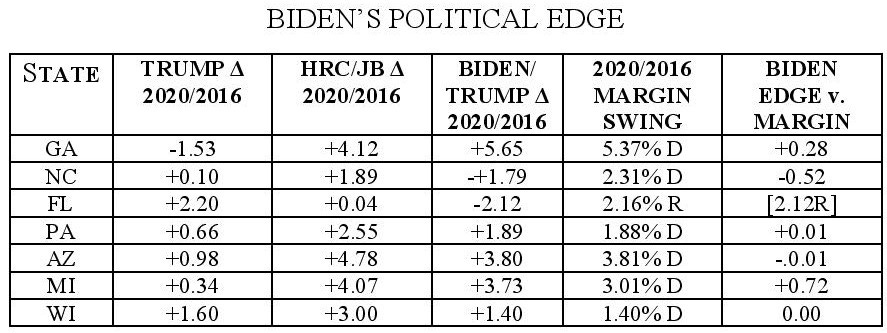In the 80s, the term “liberal” took a beating.
In 1980, the Republicans, already riding a wave from the 1978 midterms, railed against
”tax and spend liberals1”. During Reagan’s 1984 speech before the Republican National in Dallas, Reagan accused the Democrats of “going so far left, they’ve left America.”
By 1988, being tagged with the label “liberal” was almost certain defeat. Just ask Mike Dukakis or Buddy MacKay.
Dukakis, the governor of Massachusetts, built his political success on balancing budgets and rejecting tax schemes to pay for spending. He won the Democratic nomination by vaunting his liberalism and status as a “card carrying member of the ACLU”. By the time the Fall campaign began, Vice President George Bush had painted him him not simple as a liberal but as some one “out on the Left”.
Buddy MacKay, a Florida congressman running for the Senate, looked poised to win an open Senate seat until a devastating series of ads with the tagline “Hey Buddy, you’re a liberal” took him to defeat in razor thin loss.
By 1989, moderate and conservative Democrats were trying to rejigger the process, a rather problematic idea since Dukakis won the March Super Tuesday primaries that were designed to yield a more conservative nominee. The concept of tweaking the process to ensure liberal candidates could not win was so thoroughly undemocratic that schemes to change the rules died rather quickly.
The effectiveness of ad hominem attacks lies with a tacit agreement over being labelled ideologically. But deny the label and the language of the argument is upended.
The dividing line between the conservatives and liberals on the political spectrum had been occupied the amorphous and ill-defined moderates. Moderate Democrats struggled with wordy explanations of themselves, e.g. “I am liberal on some issues and conservative on others”. That was an open invitation to the GOP as in “Well, tell us what you’re liberal on and we’ll attack you for that.”
Bill Clinton, whose political career began in the late 1970s, mastered this by eschewing the liberal label for progressive. And many Democrats (most actually) jumped on board.
Somewhere between just Left of Center and Liberal bona fides lay the Progressive label and voters connected with it. If there was a struggle for the GOP in the Clinton era, it was finding messaging to counter it. By 2000, the Republicans had moved up from name calling and ad hominem attacks to the politics of delegitimization2.
Unfortunately for the GOP, what vexed Gore, Kerry, and Hillary did nothing to impede Obama and Biden. With Obama, it was unabashed Liberalism. With Biden, it was unabashed Joe Biden.
In the 2020 Democratic primaries, the more liberal candidates attacked the moderates and vice versa. And Joe Biden, just smiled and played to his strength - not being pegged to a point on the political spectrum.
How good was he at this?
In the 7 closest states won by Trump in 2016, Biden’ s performance aligned closely with the actual margin swing to towards the Democrats (or the Republicans in the case of Florida). And if there was any gleanable critique of Candidate Biden, it’s that he underperformed in North Carolina, i.e. he failed to win some Democratic voters. Otherwise, Biden was the Democratic margin swing.
How much of a swing did Biden bring?
In 2020, Candidate Biden did 3.11 percentage points better than Hillary Clinton did in 2016. Given Trump’s marginal improvement from 2016 to 2020 (about 0.80 of a point better), Biden’s performance was even more impressive. The popular vote percentage difference between Hillary Clinton and Donald Trump was 2.1%. Biden bested Trump by 4.41%.
The math for the GOP with Biden as standard bearer is devastating. Biden won the Hillary vote (48.2%), the Green Party differential (0.82%)3, and the 2.29% that came from either the 2016 Libertarian Party vote or from Never Trump Republicans. Given the near match in Obama’s 2012 reelection percentage (51.1%) and Biden’s 2020 popular vote percentage (51.31%), it is fair conclusion that the 2.29% that went to neither Hillary nor Trump in 2016 were Democratic-leaning Independents.
Independents tend to eschew partisan labelling, but breakdown ideologically fairly similarly to the entire electorate albeit in a much narrower bell curve. With nearly two-thirds of moderates (64%) voting for Biden as well as half of Independents (54%), 2020 was a case of the Left of Center coming home to the Democrats.
In 1930s, Harry Hopkins, an aide to FDR, said “Tax and tax, spend and spend, elect and elect” as a realist retort to opponents of Keynesian economic policies. Tax and spend liberal came into vogue decades later as conservative barb.
Using a moment or action by a person to discredit someone politically, e.g. X did or said something 5 years ago which makes them unfit for office or unworthy of public support. Al Gore was attacked for saying he invented the internet (he never said it). John Kerry had his service in Vietnam questioned (the assertions about him were baseless). Hillary Clinton was attacked over Benghazi (without a shred of evidence of malfeasance or even nonfeasance).
The Green Party won 1.07% in 2016 and 0.25% in 2020.




